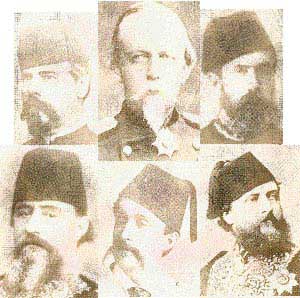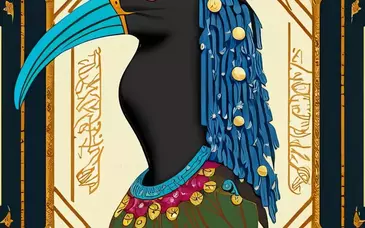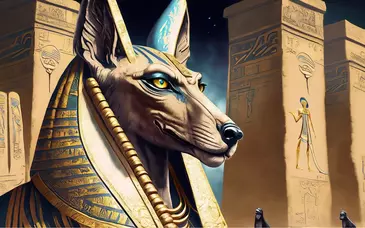Ismail's Bold Experiment

The unusual but nonetheless true tale of 50 U.S. citizens
(mostly veterans of the late War of Secession)
who donned the uniform of Egypt in the service of Khedive Ismail.
They explored the African continent.
Some helped build the Statue of Liberty.
This is their story.
Credits:
About “Inno Del Khedive”:
I discovered the sheet music for “Inno Del Khedive,” (c. 1875) while reviewing the papers of Samuel H. Lockett. In English, the piece is known as the Khedivial hymn. Opinions on its authorship vary; some say the piece was written by Giuseppe Verdi, others attribute it to a French composer, Charles Gounod.
Whoever wrote it, my thanks go to Kevin Darbro, who transcribed sheet music he had never heard into a MIDI file. In my opinion, he magnificently captured the spirit of a bygone era.
Other Credits:
- The photo of Samuel Lockett, title page photo of William Loring, the menu from Maison du Khédive d’Egypte, and the Statue of Liberty sketch courtesy of the Southern Historical Collection at The University of North Carolina at Chapel Hill.
- Henry Sibley photo courtesy of Joe Grau’s "General Officers of the Civil War."
- William Dye photo provided by John & Jayne Dye.
- “Night Passage of Federal Boats Down the Mississippi River at Vicksburg” by Colonel Samuel H. Lockett (1863), Oil on wood panel, courtesy of The Louisiana State Museum Photography Collection Online.
- Historic photographs of Cairo courtesy of The Middle East Department of the University of Chicago Library.
- Project 19 photo by Harold Jensen.


